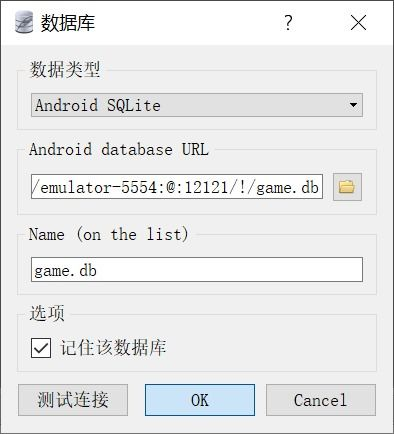ASP.NET Database File Connection, How to Efficiently Connect and Utilize
1. Understanding Database Connections in ASP.NET
When working with ASP.NET applications, connecting to database files is a fundamental task. Whether you're using SQL Server, SQLite, or other database systems, understanding how to establish a reliable connection is pivotal for the functionality and performance of your applications. Database files serve as repositories for data that your application can access and manipulate. They are crucial for dynamic data-driven applications, which require seamless data retrieval and transaction management.
The first step in this connection process involves determining the type of database file you are going to use. Different database systems have varying connection strings and methodologies. For instance, an SQL Server connection string will differ significantly from that of an SQLite database. Therefore, it's essential to recognize the specifics of the database technology in use when crafting your connection string.
2. Creating the Connection String
The connection string is a critical component for establishing a connection to your database file. It includes the data source, the database name, and any necessary authentication information. Below is a common format for a SQL Server connection string:
ConnectionString: "Server=myServerAddress;Database=myDataBase;User Id=myUsername;Password=myPassword;"
For an SQLite database, the connection string might look like this:
ConnectionString: "Data Source=c:\mydatabase.db;Version=3;"
In ASP.NET, connection strings can be defined in the web.config file. This provides a centralized location for managing your database connection settings. Here's an example of how to specify a connection string in the web.config file:
By storing the connection string in the web.config file, you can easily manage it without the need to alter your application code whenever configuration changes occur.
3. Establishing the Connection in Your ASP.NET Application
Once you have your connection string ready, the next step is to establish the connection within your application’s code. This typically involves utilizing classes such as SqlConnection for SQL Server or SQLiteConnection for SQLite. Here’s how you can do this in a simple manner:
First, ensure you include the necessary namespaces:
using System.Data.SqlClient; // For SQL Server
using System.Data.SQLite; // For SQLite
Now, you can establish a connection using the following code snippet:
using (SqlConnection connection = new SqlConnection(ConfigurationManager.ConnectionStrings["MyDBConnection"].ConnectionString)) { connection.Open(); // Use your database operations here }
Using the using statement ensures that the connection is properly disposed of when it goes out of scope. Always remember to handle exceptions and errors during database operations to ensure your application remains robust.






